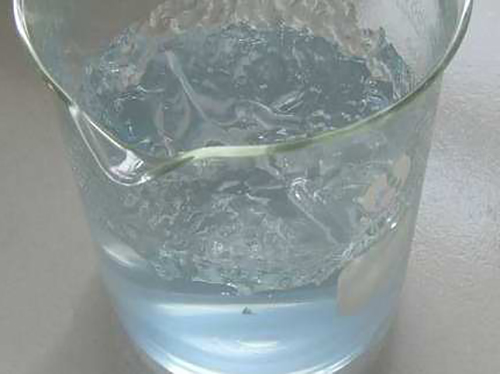polyaluminium chloride solution
The Importance of Polyaluminium Chloride Solution in Water Treatment
Polyaluminium chloride (PAC) is an inorganic polymer used extensively in water treatment processes. It is favored for its effectiveness in coagulation and flocculation, which are essential steps in purifying water, making it safe for consumption and use. The solution is composed of a range of aluminum hydroxide species, which play a crucial role in the water clarification process.
Properties and Composition
Polyaluminium chloride is characterized by its high positive charge density, which is instrumental in neutralizing the negative charges of colloidal particles suspended in water. This property enables PAC to effectively destabilize these particles, leading to their aggregation into larger flocs that can be easily removed from water systems. The solution typically comes in varying forms, including solid, liquid, and powder, with liquid forms being the most commonly used due to ease of handling and application.
The chemical structure of PAC varies according to the aluminum content and degree of polymerization. It can range from compounds with low molecular weight to others with higher molecular weights. This versatility allows treatment facilities to choose a PAC formulation that best meets their specific water quality challenges.
Applications in Water Treatment
One of the primary applications of polyaluminium chloride solution is in drinking water treatment
. Municipal water treatment plants use PAC to enhance the elimination of turbidity, color, and organic matter from source water. The presence of sediment and organic materials not only affects the clarity but also poses health risks due to potential pathogens and contaminants.PAC is also widely employed in wastewater treatment facilities. Here, it assists in the removal of suspended solids, heavy metals, and other particles that could otherwise lead to environmental pollution if discharged untreated. The efficient coagulation process facilitated by PAC ensures that wastewater meets regulatory standards before it is released back into water bodies.
Moreover, PAC plays a significant role in industrial applications. Many industries, such as textiles, paper, and food processing, utilize PAC to treat process water and effluents. In these sectors, the effective removal of contaminants not only ensures compliance with ecological regulations but also enhances the overall quality of the final products.
polyaluminium chloride solution

Advantages of Using Polyaluminium Chloride
The use of polyaluminium chloride solutions provides numerous advantages over traditional coagulants such as alum (aluminum sulfate). One significant benefit is its ability to work effectively over a broader pH range, making it suitable for various water qualities. This flexibility allows treatment plants to maintain efficiency regardless of seasonal variations in source water characteristics.
Furthermore, PAC tends to produce less sludge than conventional coagulants, making it environmentally friendly. The reduced volume of sludge not only lowers disposal costs but also minimizes the environmental footprint of water treatment operations. Additionally, the rapid settling characteristics of PAC flocs facilitate a more efficient sedimentation process, thereby improving overall treatment times and throughput in water treatment facilities.
Challenges and Considerations
Despite its advantages, the use of polyaluminium chloride is not without challenges. Careful consideration must be given to the dosage to prevent overfeeding, which can lead to residual aluminum in treated water—a concern due to the potential health implications of aluminum exposure. Therefore, operators need to continuously monitor water quality parameters to optimize PAC dosages.
Moreover, while PAC is generally less corrosive than alum, it still requires appropriate handling and storage measures to ensure safety and maintain product integrity. Proper training for personnel involved in the water treatment process is essential to minimize potential risks associated with chemical handling.
Conclusion
Polyaluminium chloride solution is a critical component of modern water treatment practices. Its effectiveness in coagulation and flocculation, coupled with its versatility and lower environmental impact, make it a preferred choice among water treatment professionals. As water quality regulations continue to evolve, the role of PAC in ensuring safe and clean water will undoubtedly remain significant, paving the way for advancements in treatment technologies and methodologies.
-
Water Treatment with Flocculant Water TreatmentNewsJun.12,2025
-
Polymaleic AnhydrideNewsJun.12,2025
-
Polyaspartic AcidNewsJun.12,2025
-
Enhance Industrial Processes with IsothiazolinonesNewsJun.12,2025
-
Enhance Industrial Processes with PBTCA SolutionsNewsJun.12,2025
-
Dodecyldimethylbenzylammonium Chloride SolutionsNewsJun.12,2025





